Please note: In October 2020, we updated the DXOMARK Camera test protocol. Version 4 now includes image preview tests and a wide range of new test scenes as part of our new trustability evaluation which measures the camera’s ability to deliver consistent still image and video quality across all shooting scenarios. We have retested this device using the new version 4 of the test protocol and produced this completely updated review. For more information, please see our article about preview, trustability and other version 4 updates of the DXOMARK Camera test protocol.
The Xiaomi Mi 10 Pro is a high-end device, offering such premium components as Qualcomm’s top-end Snapdragon 865 chipset and a 6.67-inch display with FHD+ resolution. In the camera department, the new flagship uses a 1/1.33 108 MP sensor in its primary module, combined with a 20 MP ultra-wide camera and dual tele-lenses for optimized image quality from wide to long telephoto.
Read on to find out how the Mi 10 Pro performed under the brand-new version 4 of the DXOMARK Camera test protocol.
Update summary
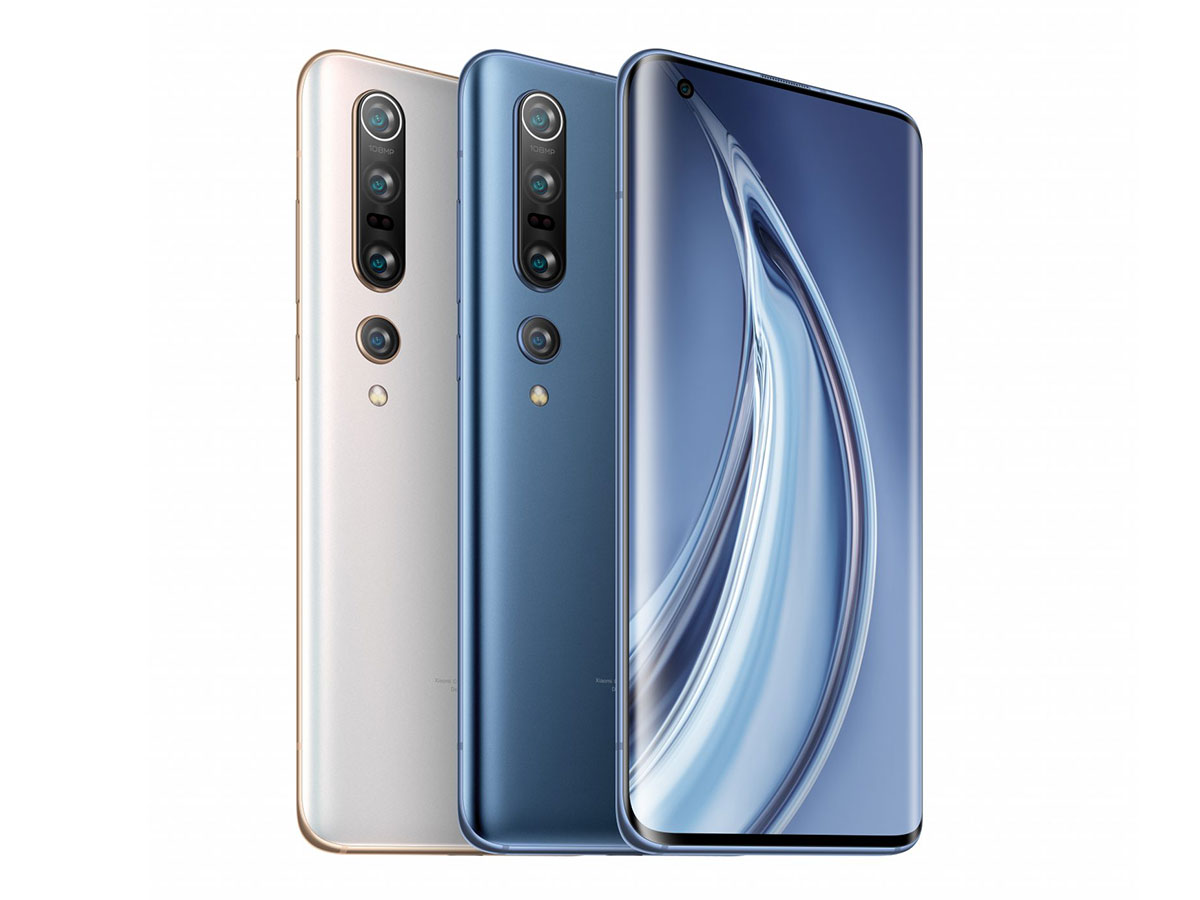
Xiaomi Mi 10 Pro


With an overall DXOMARK Camera score of 128 the Xiaomi Mi 10 Pro remains one of our top performing devices for photography. Its Photo score of 130 is excellent, thanks to great results for color and bokeh, as well as a particularly impressive score for texture. It’s also close to the best in our latest Zoom Score category, where it achieves 89 points overall. That has been achieved with outstanding performance in the tele-lens results and a very admirable performance for ultra-wide shots, too. Again close to the best when shooting moving image, the Mi 10 Pro secures a Video score of 110. Texture and noise were the standout features in the device’s video testing, with great results for video autofocus too.
In still image mode, the Xiaomi Mi 10 Pro delivers a well-balanced tradeoff between detail retention and image noise, especially when shooting in bright light conditions. In addition, images captured in bright outdoor conditions or indoors have a wide dynamic range, making the Xiaomi a good option for photography in difficult high-contrast conditions. Image quality at the tele end of the zoom is one of the Xiaomi’s strength, with good detail in images captured at medium or long zoom settings. At the other end of the zoom spectrum, the ultra-wide camera is also capable or recording nice detail as long as the scene is bright. Good detail is also visible in bokeh simulation shots, and good depth estimation in this shooting mode contributes further to natural-looking portrait mode images. On the downside, portrait shots frequently suffer from autofocus failures, and colors, especially skin tones, can look a little dull. Our testers also found quite strong image noise on moving objects in the frame and ghosting artifacts in HDR scenes. While dynamic range is good in brighter light, some highlight clipping can occur in low-light conditions.
The camera is also capable of rendering excellent detail in its video footage. Video exposure is acceptable as well, even in low light, but we sometimes saw underexposure on backlit portrait subjects. The camera’s video mode produces accurate white balance under sometimes tricky indoor lighting, and the autofocus system works swiftly and smoothly, but does have trouble with focusing on faces and displays instabilities in pretty much all conditions. Our testers also observed image noise and such image artifacts as color quantization in Mi 10 Pro video clips, especially when recording in low light.
Preview
Strong differences in exposure between the Mi 10 Pro’s preview feed and final capture means the device isn’t a good performer for this attribute. The absence of live HDR processing leads to overexposed highlights in high-contrast scenes, as well as differences in target exposures on portraits, which often look too bright in preview, but are better rendered in capture. Preview is generally more accurate in well-balanced lighting both outdoors and indoors, but in very low light, the preview image is often totally underexposed.
Shooting in the Xiaomi Mi 10 Pro’s dedicated Portrait mode, differences between the bokeh effect in preview and capture are usually different, too. Depth estimation errors in preview make it look like areas of the subject will be blurred, where parts of the background remain sharp. Although subject segmentation isn’t perfect in capture, it’s notably better than preview suggests. Blur intensity differs as well, with the bokeh effect usually more pronounced in the final rendering.
It’s possible to pinch zoom from 0.6x to 50x magnification on the Mi 10 Pro, which is useful, although it requires several pinches to move through the full range. The image is a little shaky as you zoom using pinch, but the Mi 10 Pro avoids any significant jumps in field of view as the device switches cameras. When moving between the primary and tele cameras at around 8x magnification, however, both exposure and focus are lost completely. The device is very slow to recover at this transition, leaving a fairly useless image on screen for a considerable period of time. Focus and exposure are quicker to respond using the dedicated magnification (or step) buttons, but you’re limited to 0.6x, 1x, 2x, and 5x options if you chose to adjust the focal length this way.
Xiaomi Mi 10 Pro Camera review (originally published February 13, 2020)
The Xiaomi Mi 10 Pro is the Chinese manufacturer’s brand-new high-end device, offering premium specs all around, including Qualcomm’s new top-end Snapdragon 865 chipset and a 6.67-inch display with FHD+ resolution. In the camera department, the new flagship uses hardware very similar to last year’s heavy-hitting Mi CC9 Pro Premium Edition — a 108 MP primary shooter with a large 1/1.33 image sensor, combined with a 20 MP ultra-wide camera and dual tele-lenses for optimized performance across a wide range of zoom factors.
The short-range tele module comes with a 50 mm-equivalent focal range lens and a 12 MP sensor. (The camera uses a 8 MP module with a 94 mm-equivalent lens when increasing the zoom factor.)
This year marks Xiaomi’s 10th anniversary in the smartphone business. Is the Mi 10 Pro an adequate device for celebrating the occasion? Read our full camera review to find out.
Please note: We tested the Mi 10 Pro using firmware that Xiaomi plans to provide to customers via an Over The Air (OTA) update by March 5th, thus the device we tested is a pre-production unit. As we always do in these cases, we will repeat the test with a commercial device when available to confirm that the image quality is identical.
Key camera specifications:
- Primary: 108MP, 1/1.33-inch sensor with 25mm-equivalent, f/1.69-aperture lens, OIS (25MP output resolution)
- Short telephoto: 12MP, 1/2.6-inch sensor with 50mm-equivalent, f/2-aperture lens
- Long telephoto: 8MP, 1/4.4-inch sensor with 94mm-equivalent, f/2-aperture lens, OIS
- Ultra-wide: 20MP, 1/2.8-inch sensor with 16mm-equivalent, f/2.2-aperture lens
- Qualcomm Snapdragon 865 chipset
About DXOMARK Camera tests: For scoring and analysis in our smartphone camera reviews, DXOMARK engineers capture and evaluate over 1600 test images and more than 2 hours of video both in controlled lab environments and in natural indoor and outdoor scenes, using the camera’s default settings. This article is designed to highlight the most important results of our testing. For more information about the DXOMARK Camera test protocol, click here. More details on how we score smartphone cameras are available here.
Test summary
The Xiaomi Mi 10 Pro achieves an outstanding DXOMARK Camera score of 124, making it the new leader in our smartphone camera image quality ranking. Overall, image results are quite similar to last year’s CC9 Pro Premium Edition, but thanks to the more powerful Snapdragon 865 chipset and refined tuning (especially in terms of texture rendering, night performance, and corner sharpness), the Mi 10 Pro’s performance is excellent for Photo and Video alike, matching the current high score for the former and setting a new best for the latter.
When capturing still images, target exposure is stable and accurate; further, Xiaomi has improved the dynamic range over last year’s CC9 Pro Premium Edition, with slightly less highlight clipping in difficult high-contrast scenes and better HDR processing overall in bright outdoor and typical indoor shooting conditions.
In the comparison below, you can see that the Mi 10 Pro image shows better dynamic range than the Mate 30 Pro 5G and the iPhone 11 Pro Max, especially in the highlight regions of the frame, where the Mi 10 Pro preserves noticeably more detail. This said, our testers found its dynamic range to be a little more limited in some backlit indoor scenes, where clipping around bright lights was more intrusive.
Color is excellent overall, with generally accurate white balance when shooting outdoors in bright light and in indoor situations. Our testers found colors looking a little washed out in some scenes, though, with lower saturation than some competitors.
The Mi 10 Pro is capable of capturing excellent detail and at 85 points, earns itself the new top score for Texture. Performance is again very similar to the CC9 Premium Edition, but the Mi 10 Pro has just an edge with a slight improvement that is most noticeable in low light. In the bright-light sample below, you can see how the Mi 10 Pro is capable of squeezing a small amount of extra detail out of the scene when compared to the Mate 30 Pro 5G. The CC9 Pro Premium Edition is very close, but slightly underexposes the subjects in this shot.
The difference between the Mi 10 Pro and the CC9 Pro Premium Edition is not huge, but is just visible in the 20 lux lab shot below. In these low-light conditions, the Mi 10 Pro resolves slightly better low-contrast detail in the fine textures and patterns of our test scene.
The Mi 10 Pro also manages noise very well, but some fine luminance noise tends to be visible in the shadow regions of the frame, especially when shooting under indoor conditions. Noise is pretty much on the same good level as on the CC9 Pro Premium Edition overall, though, and the Mi 10 Pro delivers an excellent texture/noise balance.
The Mi 10 Pro’s autofocus performance is very good and quite close to what we already saw from the CC9 Pro Premium Edition. In our lab tests, the autofocus system was consistently accurate and swift to lock on following both long and short delays after unfocusing. But we did find a point to criticize in our real-life testing: slight focus errors are sometimes noticeable on faces, with the focus point set behind the face towards the background (you can spot this in the portrait shot back up in the color section, for example). This is a slight drawback of the Xiaomi’s unusually large image sensor, as its narrower depth of field makes slight focus errors more noticeable in its stills than in stills from competing devices with smaller sensors.
The Mi 10 Pro comes with an ultra-wide camera that is a great option for landscape and cityscape shots. With a 16mm-equivalent lens, it is in the middle of the pack in terms of field of view — wider than the Huawei Mate 30 Pro, and on the same level as the latest iPhones, but not quite as wide as Samsung’s current high-end devices.
In terms of image quality, Xiaomi has managed to improve the level of detail and HDR processing over the CC9 Pro Premium Edition, making the device a very good option for wide-angle shooters and earning it a joint top score in the Wide category with the Samsung Galaxy Note 10+. Overall detail is very good for an ultra-wide, and exposure is accurate with decent dynamic range. Some highlight clipping can still occur and the HDR can occasionally look a little unnatural, but the Xiaomi’s ultra-wide is nonetheless one of the best we have tested to date.
Like the CC9 Pro Premium Edition, the Mi 10 Pro comes with dual-zoom cameras, but their performance has been further improved, making for a new top score of 110 in the Zoom category. Better detail and texture rendering is quite noticeable in the 5x zoom portrait below.
The Mi 10 Pro also looks good next to the competition when shooting at a lower zoom range. The medium-range shot below shows good detail (for a zoom shot), with good exposure and accurate white balance. On the downside, some zoom shots can show highlight clipping and ringing.
The Mi 10 Pro’s bokeh mode results are pretty much the same as CC9 Pro Premium Edition’s — good but not class-leading. As we can see in the samples below, depth estimation is pretty good, but some minor errors are still visible around the subject. Target exposure tends to be good and the Mi 10 Pro renders detail nicely, but contrast can be a little strong, which is not ideal for portrait images; further, this particular sample also shows a quite noticeable pinkish cast.
The new model’s Night performance again shows improvement over the CC9 Pro Premium Edition, with better dynamic range and detail. Overall detail rendering in low light is excellent, but in very low light, images can be underexposed, and exposure can be suboptimal in flash portraits, which keeps the Xiaomi off the top spot in the Night category.
Still, in the flash-off portrait sample below, you can see that the Mi 10 Pro offers excellent dynamic range with good exposure of both the background and the darker subject in the foreground. The Huawei does similarly well, but the difference between the Mi 10 Pro and the Mi CC9 is quite noticeable.
The night landscape shot below also shows good exposure and dynamic range, with well-managed noise and only a slight loss of detail.
Image artifacts are fairly well under control on the Mi 10 Pro, but we applied some penalty points for flare and cyan shift. Some images, such as the one below, also show some noticeable chromatic aberrations along high-contrast edges.
On the plus side, corner softness has been noticeably improved over the CC9 Pro Premium Edition. There is still some noticeable corner softness, but it’s less intrusive than on the older device; this may have been achieved through improved lens quality and/or processing.
With a Video score of 104, the Xiaomi Mi 10 Pro is our new top-ranked device for moving image capture. Its 4K video mode is even better than the already excellent implementation on the CC9 Pro Premium Edition, with improved detail rendering and even more efficient video stabilization.
Overall, the Mi 10 Pro’s video footage shows pleasant color, good exposure, and very good detail when recording in bright light or under typical indoor conditions. It also offers a wide dynamic range, which helps when recording difficult high-contrast scenes. Its range is not quite as wide as on the class-leading iPhone 11 Pro Max, but it’s close, and it is better than Samsung’s latest models — all of which are excellent for capturing video.
The autofocus system is fast and accurate in all light conditions, but just like for stills, the Xiaomi’s larger image sensor means that slight focus errors are more noticeable in Mi 10 Pro footage than in footage from cameras with smaller sensors; this is particularly true in some scenes where faces can look slightly soft. The autofocus is otherwise excellent, though, and even features a field-of-view correction that makes refocusing actions much less noticeable in video clips than for most other devices.
Video stabilization is an additional strength, keeping things smooth and steady when walking while recording or when holding the camera still — and all of these positive points make the Xiaomi Mi 10 Pro the current device of choice for mobile video recording. In the samples below, you can see how the Xiaomi stabilization does a slightly better job than the Apple equivalent when running while recording.
Conclusion
If anyone still needed convincing that Xiaomi is one of the top camera designers in the mobile business after the Mi CC9 Pro Premium Edition’s stellar performance at the end of last year, the Mi 10 Pro should definitely cement Xiaomi’s reputation. Despite using very similar imaging hardware as the Premium Edition, Xiaomi managed to improve the Mi 10 Pro in several key areas, thanks to a combination of refined tuning and the processing boost of the Snapdragon 865 chipset.
The new device’s camera delivers excellent (and sometimes class-leading) results in virtually all test categories, making it a top choice for any mobile photography or videography enthusiast, as well as a very deserving new leader in our DXOMARK Camera ranking.
Photo
Pros
- Good detail and a well-balanced texture/noise compromise, especially in bright light
- Accurate and stable exposure and white balance
- Good detail at medium- and long-range zoom
- Accurate depth estimation and good detail in bokeh mode
- Good detail in bright light when shooting with the ultra-wide camera
Cons
- Faces are occasionally out of focus
- Occasional slightly dull colors, especially red tones
- Fine luminance noise visible in shadow areas of the frame
- Frequent ghosting in HDR ultra-wide images and in Night mode
Video
Pros
- Very efficient video stabilization
- Fast and accurate autofocus in bright and low light
- Good detail in bright light and under indoor conditions


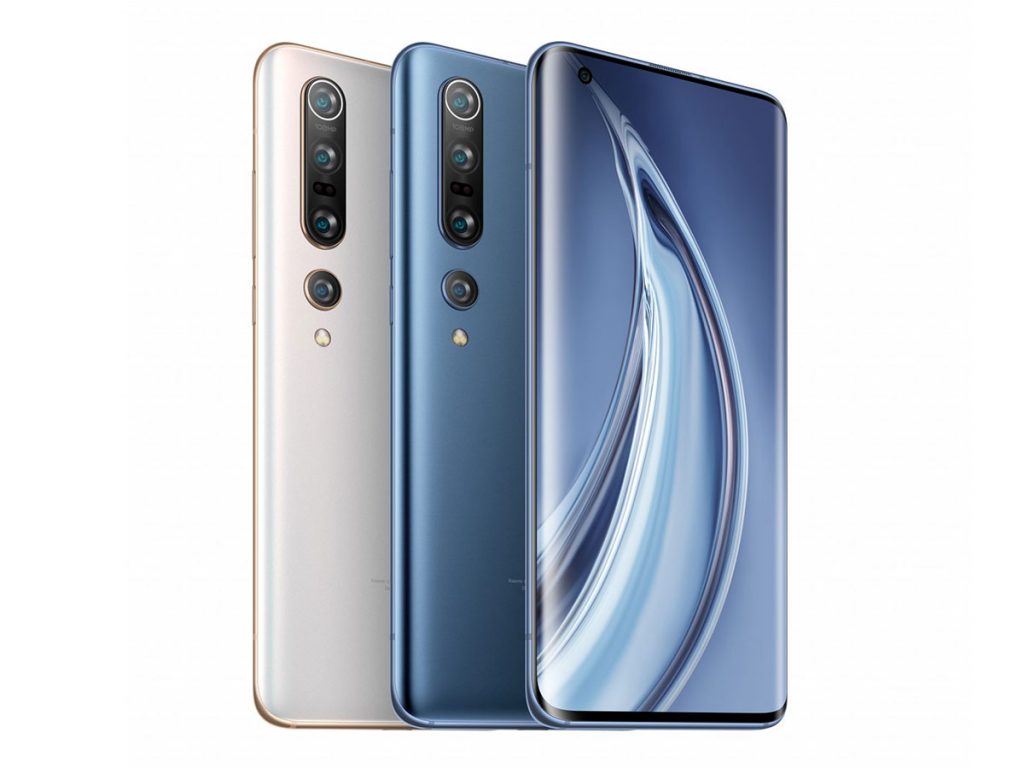





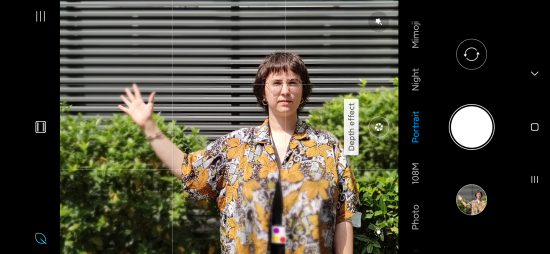




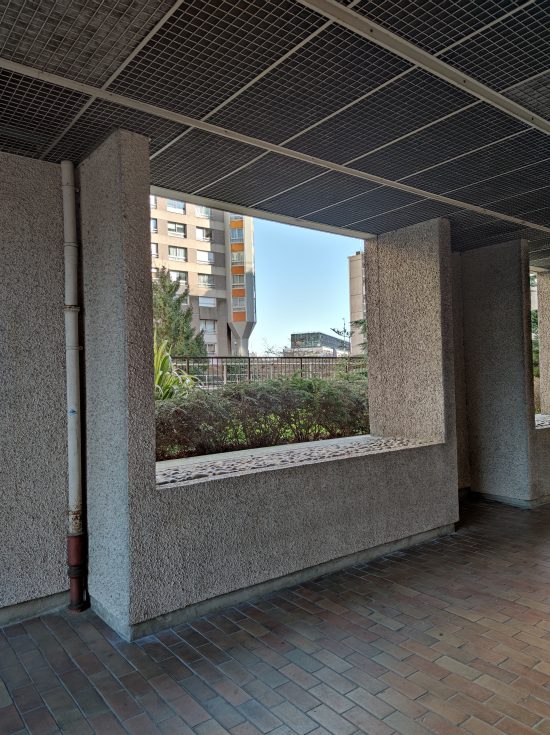
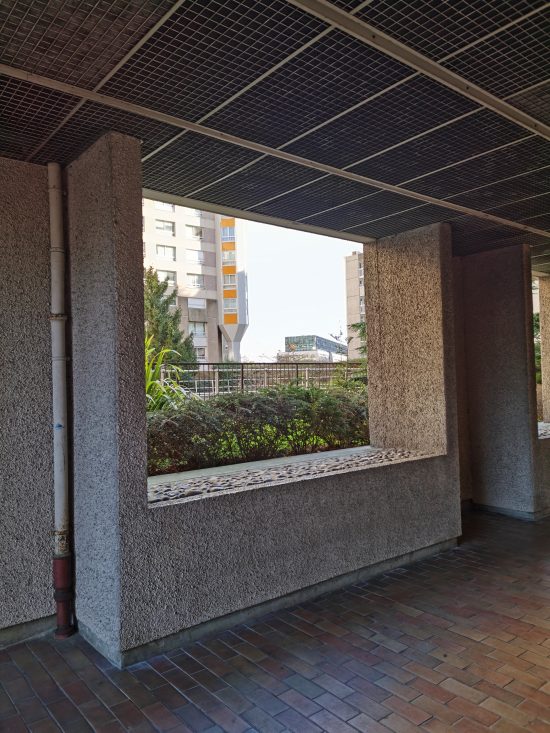
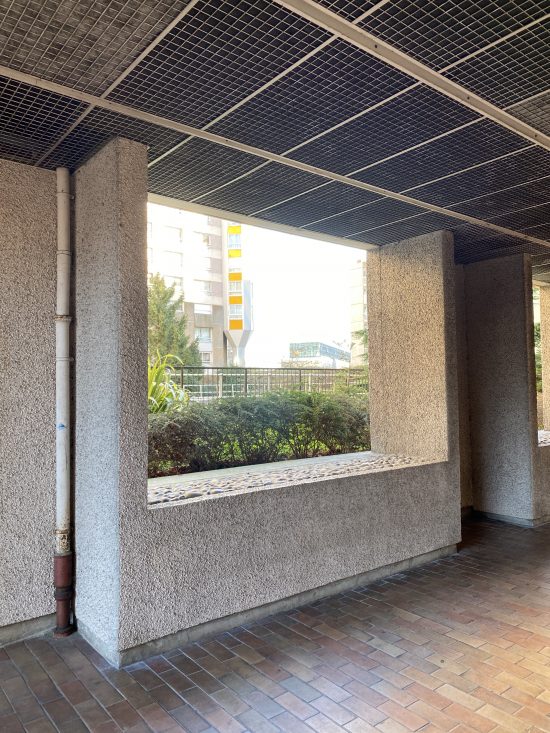








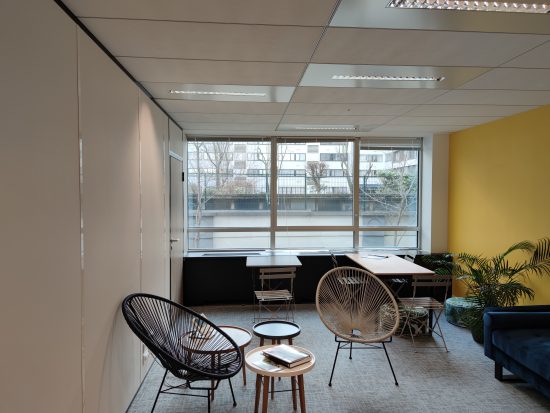
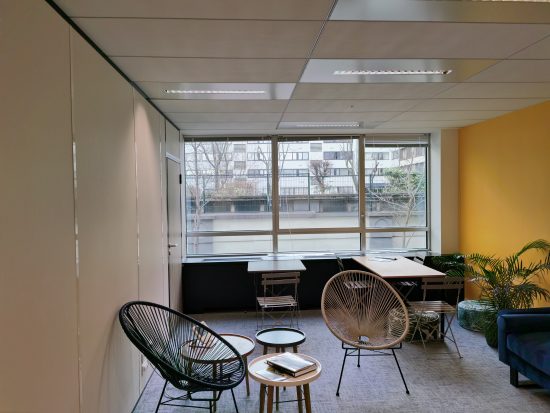
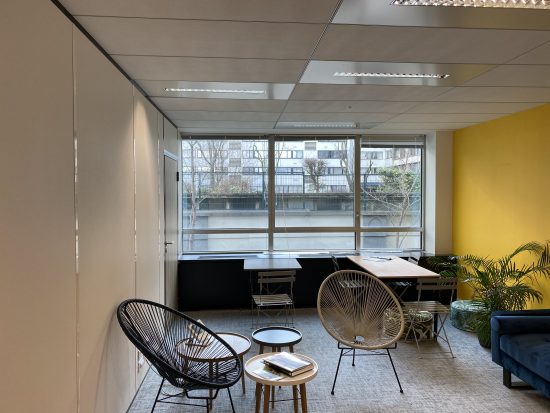
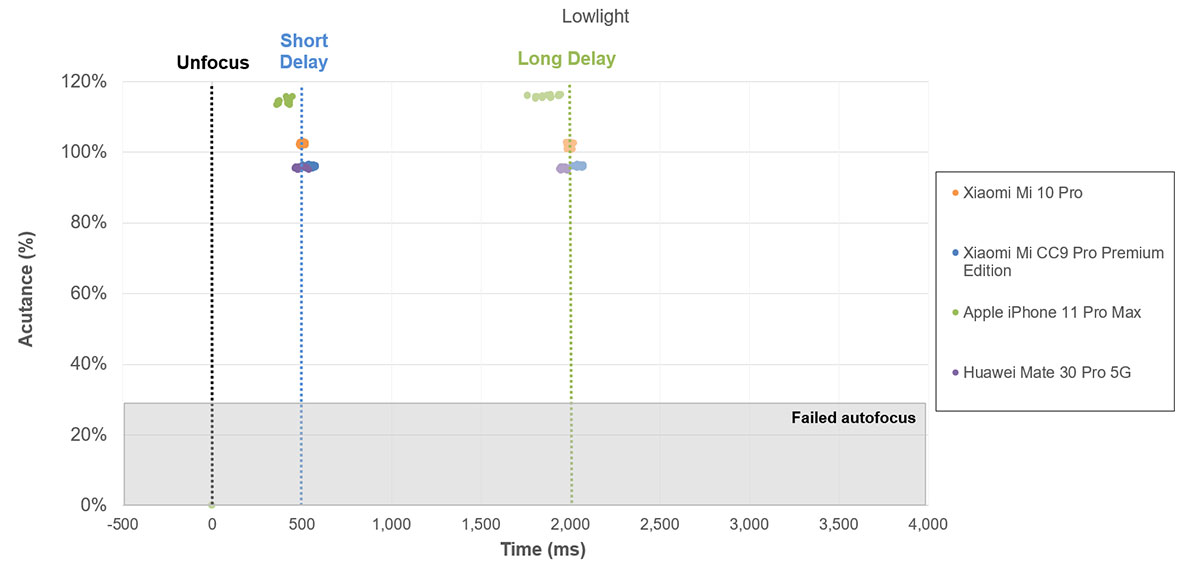

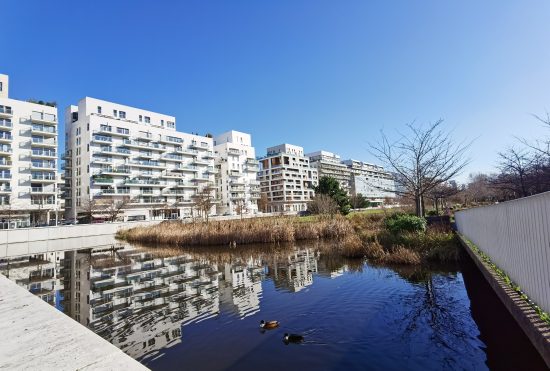
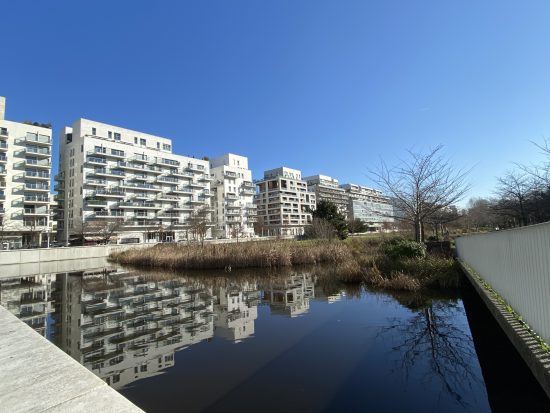















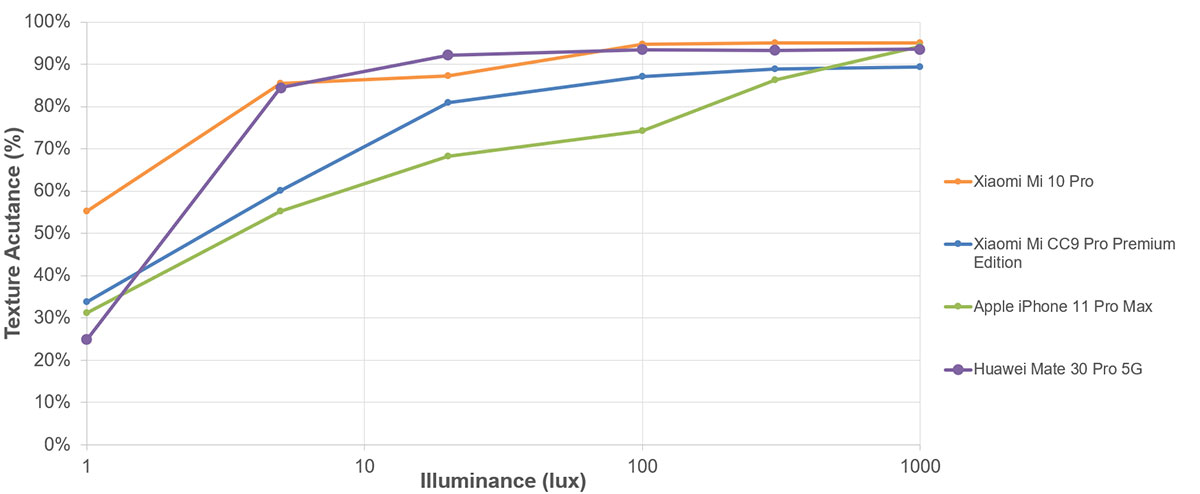
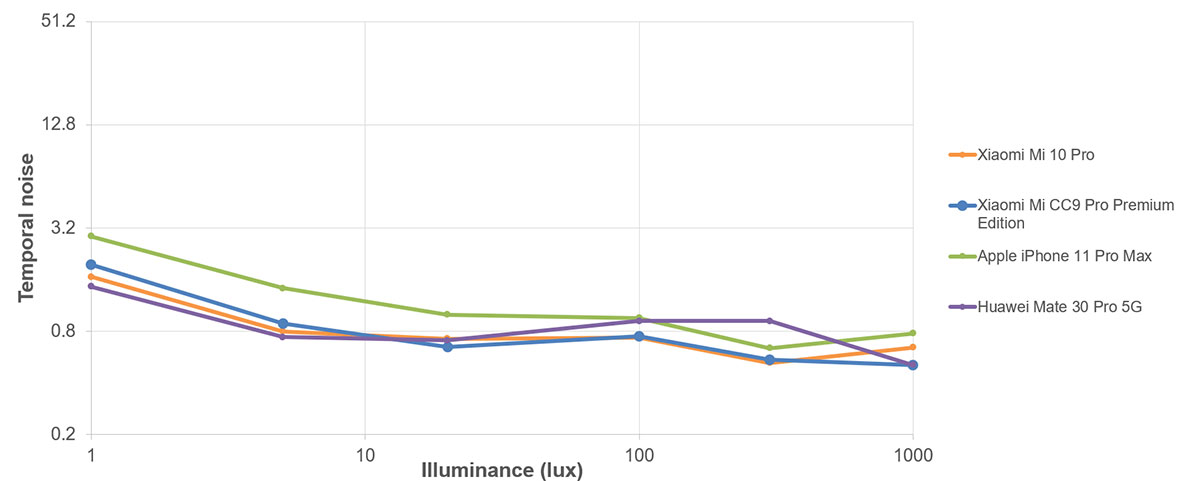
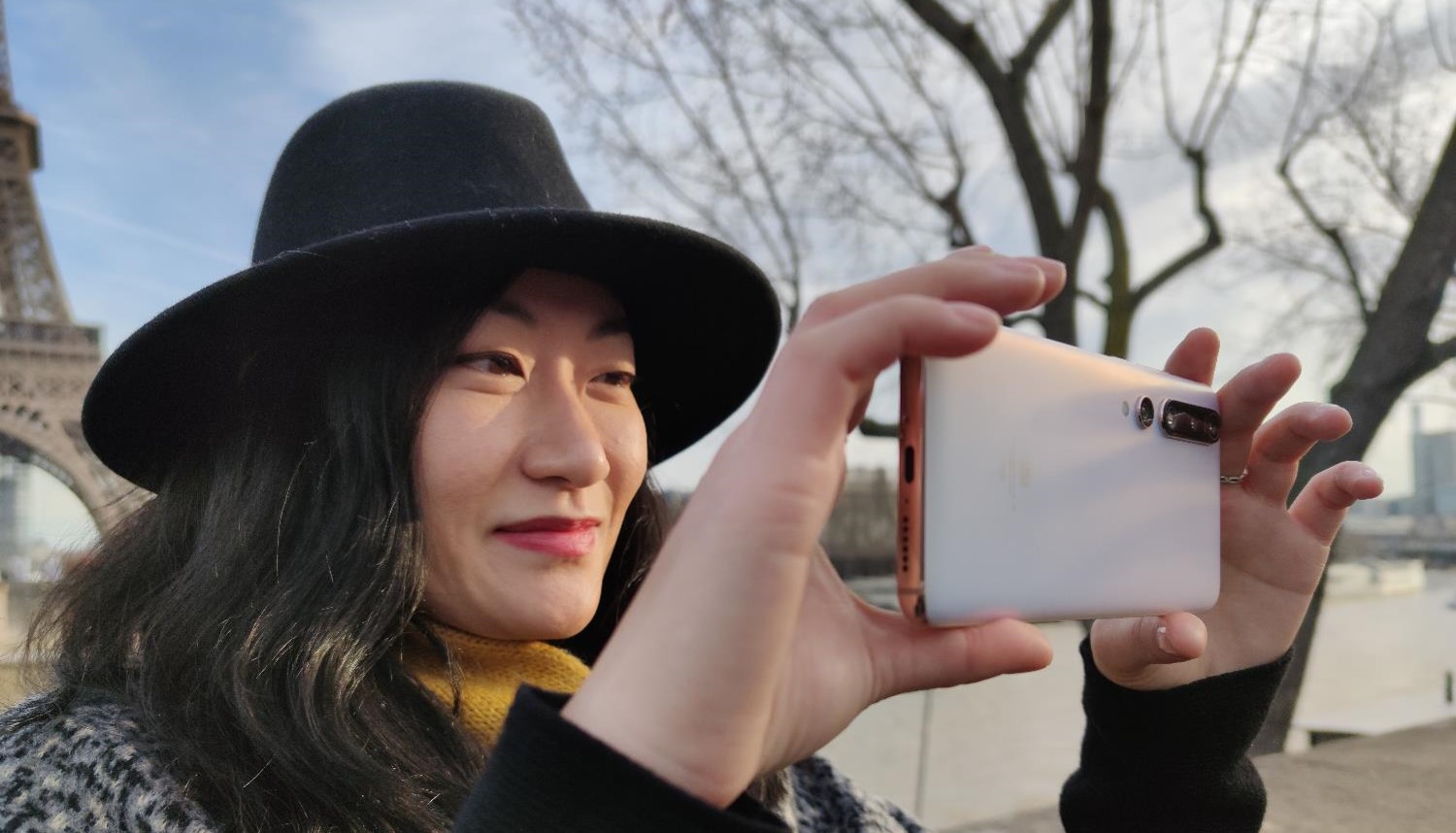


DXOMARK encourages its readers to share comments on the articles. To read or post comments, Disqus cookies are required. Change your Cookies Preferences and read more about our Comment Policy.